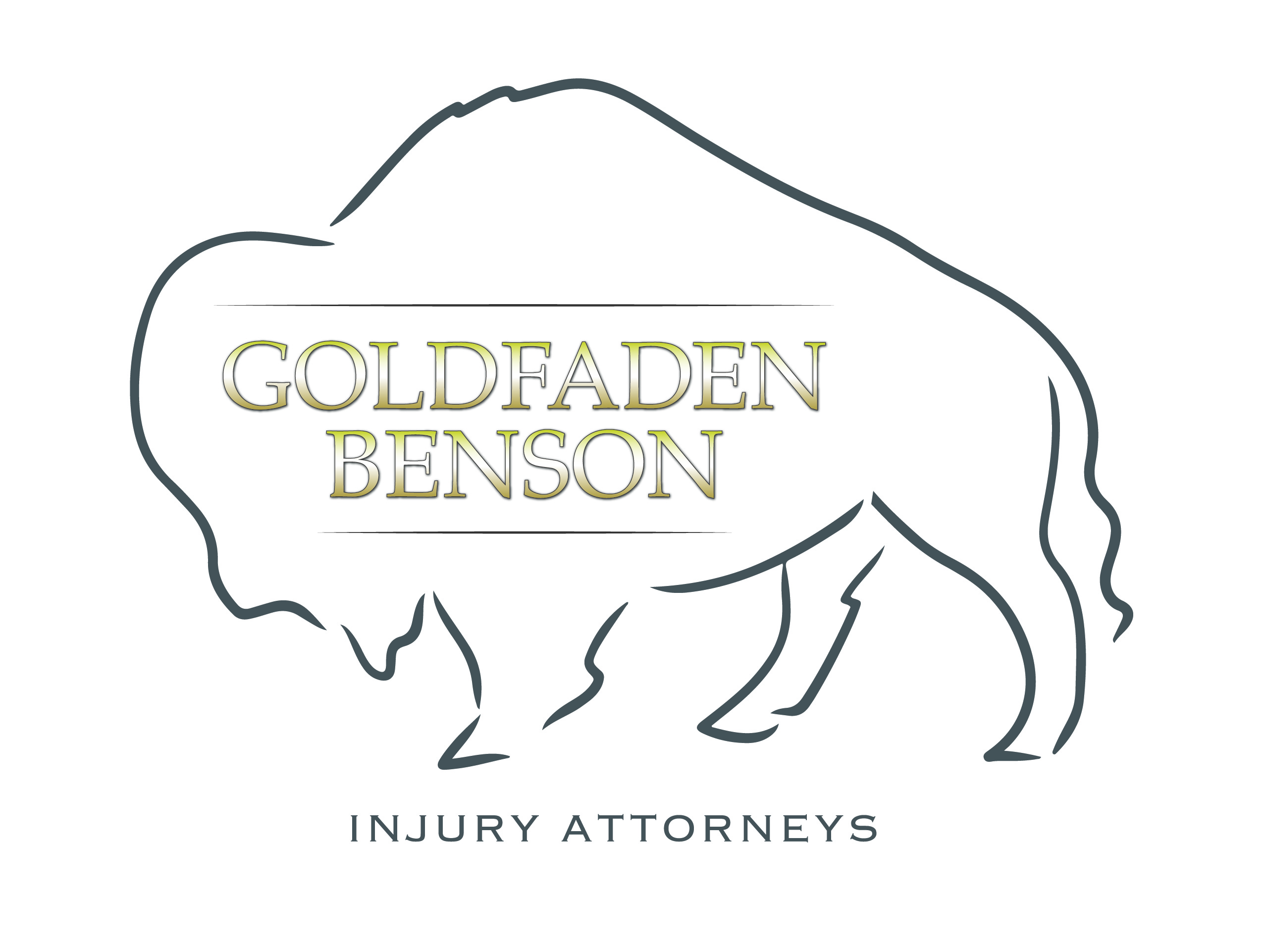Understanding Negligence in Personal Injury Law
When we hear the term "negligence," it often triggers images of accidents, injuries, and legal battles. In the realm of personal injury law, negligence is a key concept that can determine whether an injured party is entitled to recover damages. This blog post will demystify the essential elements needed to prove a negligence claim in California, specifically focusing on the CACI No. 430, which explains what parties must establish to succeed in such claims.
### Key Elements of Negligence
To successfully claim that someone else's negligence caused your injury, you must prove the following four essential elements:
1. **Duty of Care**: The first step is demonstrating that the party you are suing (the defendant) owed you a duty of care. In general, everyone has a legal duty to behave in a reasonable manner to avoid harming others. For instance, drivers have a duty to follow traffic laws and to drive safely to prevent accidents.
2. **Breach of Duty**: Next, you need to show that the defendant breached this duty. A breach occurs when the defendant fails to act in a manner that a reasonable person would have under similar circumstances. For example, if a driver fails to stop at a red light, this may be considered a breach of their duty to drive safely.
3. **Causation**: Perhaps the most critical aspect to establish is causation. You must prove that the defendant's breach of duty was a substantial factor in causing your injury. This does not mean their actions had to be the only reason for your injury; they just had to play a significant role. The California courts use a “substantial factor” test that considers whether the defendant’s action was a significant aspect of the injury.
4. **Damages**: Finally, you must provide evidence of actual damages resulting from the injury. This can include medical bills, lost wages, pain and suffering, and other expenses related to your injury.
### Everyday Example
Imagine you were at a grocery store and slipped on a wet floor because an employee failed to place a “Wet Floor” sign. If you can show:
- The store had a duty to keep the premises safe,
- The employee breached that duty by not warning customers,
- This breach was a substantial factor in your fall,
- You incurred medical expenses from the injury,
Then you could have a valid claim for negligence.
### Juries and Negligence
In personal injury cases, juries evaluate the evidence based on the four elements mentioned. A mere possibility or speculation about harm is insufficient. Instead, concrete evidence must be presented to establish each element clearly and convincingly.
### Conclusion
The complexities of proving negligence can seem daunting, but by understanding these key elements, you can navigate the legal landscape more effectively. If you or someone you know has been injured and believes negligence was involved, don't hesitate to reach out for professional guidance.
If you have questions or are seeking assistance with a potential negligence case, consider contacting Goldfaden Benson. We are here to help you understand your rights and provide the support you need. Visit our contact page to learn more. Are you prepared to take action and ensure your rights are protected?







